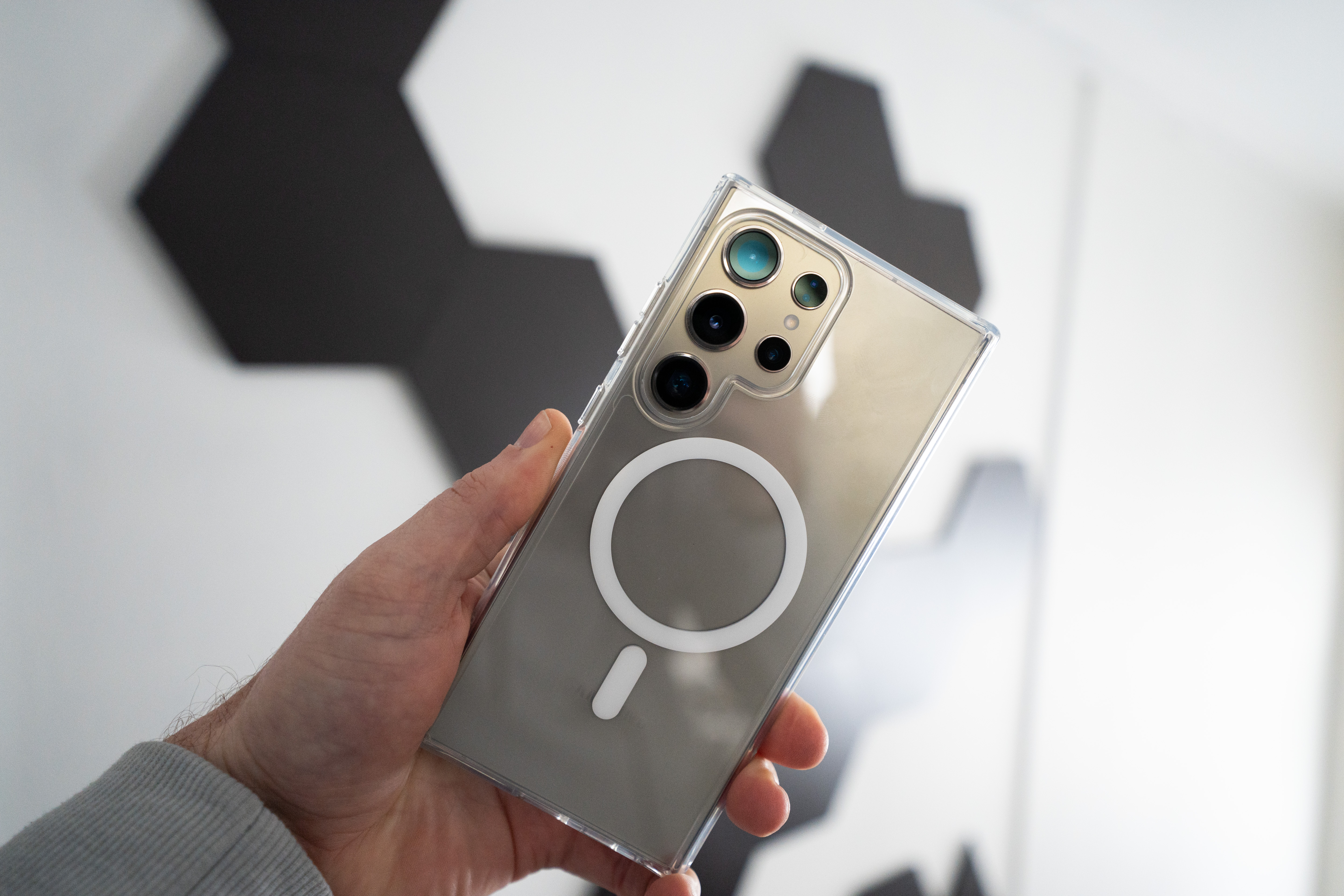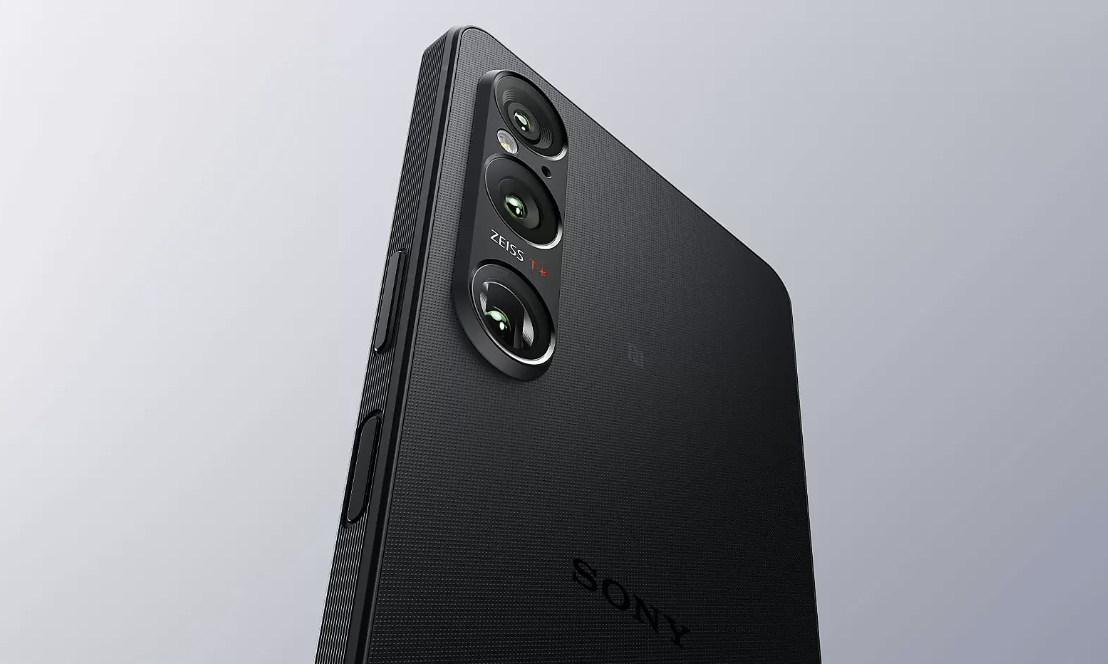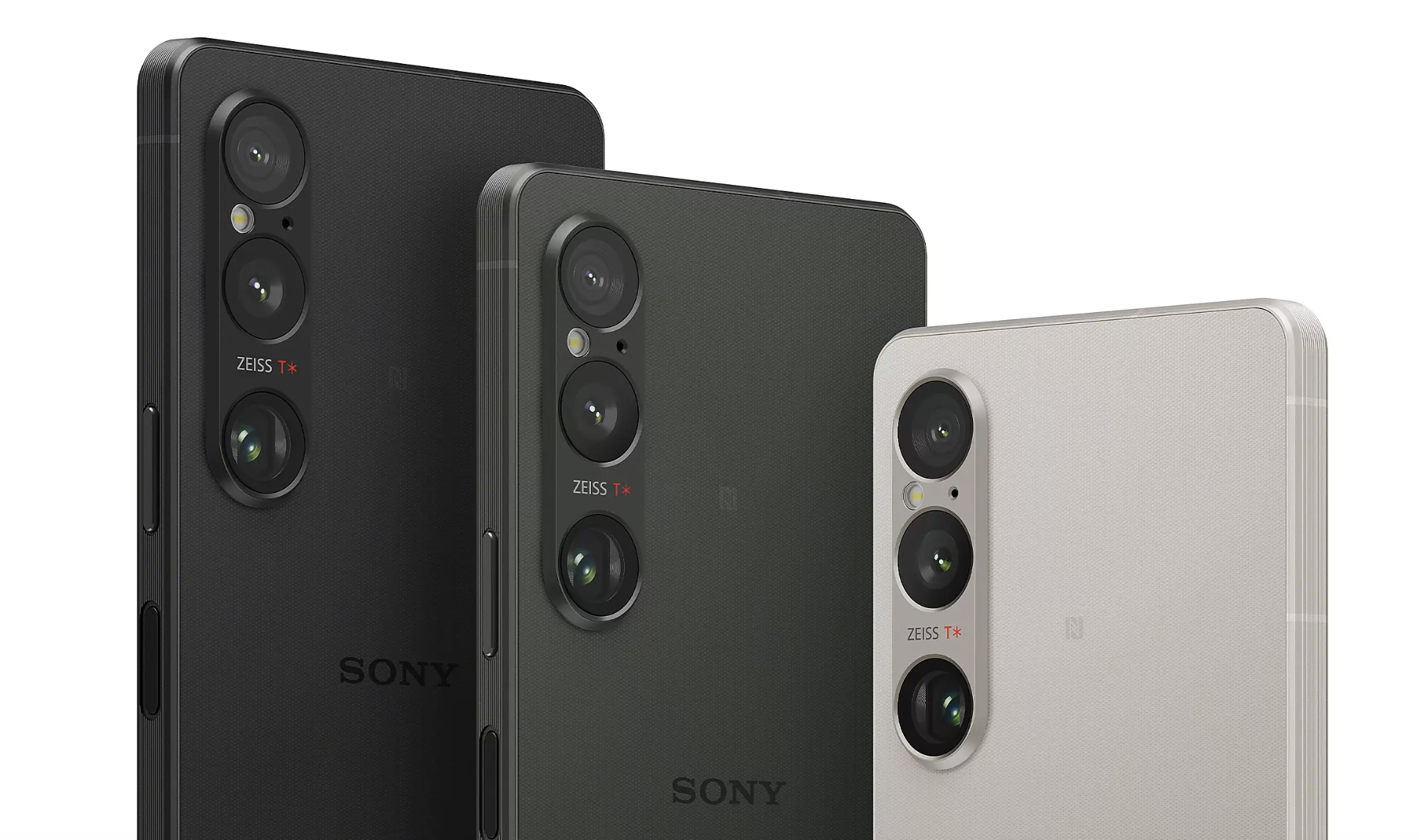
According to the rumors, the Samsung Galaxy S25 Ultra might not see an improvement in battery life. But the good news is that in the camera department, things will not change either. If that sounds a bit strange, it is because previous rumors have suggested that the Galaxy S25 Ultra could drop a camera from its setup.
This means that instead of the quad camera setup found in the Galaxy S24 Ultra, it could end up with a triple camera setup. However, a recent post on X by reliable tipster Ice Universe reasserts that the Galaxy S25 Ultra will maintain its quad camera design. The tipster claims that unlike the previous rumors, Samsung won't be removing the 3x module from the phone.
They also suggest that there is a chance it could instead be upgraded. This could be welcome news. The 10MP 3x telephoto camera has been around since the Galaxy S21 Ultra. This means that for the most part, it has remained the same over the years. Samsung upgrading it to a higher resolution sensor could be a nice change if true. Alternatively, upgrading it with larger optical zoom could also be great.
The Samsung Galaxy S25 series will not launch until 2025. We're barely halfway into 2024 so it's probably a good idea to take it with a grain of salt for now.

Regardless of how you look at it, it can be said that Sony's flagship Xperia 1 VI is probably its most divisive one yet. The launch of the Japanese electronics giant's newest premium Android handset has raised a few eyebrows mostly due to some interesting hardware decisions, but that's not to say that the entire phone is "bad." Let's take a look.
Sony implemented some considerable changes to the display - the phone ditches the tall 21:9 aspect ratio for a slightly stouter 19.5:9 screen, but that's not all - in lieu of Sony's signature 4K resolution panel, the Xperia 1 VI downgrades to an FHD+ resolution display - for context, this is the same resolution found on the much cheaper Pixel 8a.

It's not all bad though - the phone comes with Sony's patented Bravia display technology which should make for vibrant colors, in addition to a smooth 120Hz refresh rate, and higher brightness.
Another highlight of the Xperia 1 VI is the camera setup on the rear panel, which features Sony's Exmor T sensor in addition to Zeiss optics. This includes a 48 MP, f/1.9, 24mm primary lens, a 12 MP, f/2.3, 85mm telephoto lens, as well as a 12 MP, f/2.2, 16mm ultra wide camera; selfies are handled by a 12 MP camera in front. Video on the main setup maxes out at 4K at 120fps, and the phone does pack a ton of in-depth imaging functions with the overhauled camera app.
As with most other flagship phones this year, the Xperia 1 VI comes with the Qualcomm Snapdragon 8 Gen 3 inside, which is assisted by up to 12GB of RAM (no 16GB action on here), and up to 512GB of internal storage. The phone also runs on a 5,000 mAh battery with 30W charging support, all wrapped up in an IP68 chassis with Gorilla Glass on both the front and back.
With that being said, the phone will get up to four years of support, and will come priced at around $1,600 when converted, making it one of the more expensive Android devices on the market right now.
![]()
Android has a lot of accessibility features that help users with various disabilities use and interact with their phones. But now it looks like Google is bringing a new accessibility feature to Android. This comes in the form of Project Gameface.
Google announced Project Gameface at I/O 2023. It is a feature that basically allows computer users to control the mouse cursor on their screens using head movements and facial gestures. Now Google has brought the feature onto Android. This will work similarly in concept to the computer version.
Users will be able to use head movement along with facial gestures to control a virtual cursor on their Android smartphones. This means that users who are movement impaired will be able to interact with their phones in a new and hopefully improved way. Some of the gestures include raising eyebrows to click and drag. They can also open their mouths to move the cursor, and more.
Similar to the computer version of Project Gameface, Google is open sourcing more code. This will allow more Android developers to create apps that offer greater accessibility. We're not sure which apps will take advantage of it for now, but the code has been released on Github for those who are interested in checking it out.
© 2023 YouMobile Inc. All rights reserved










